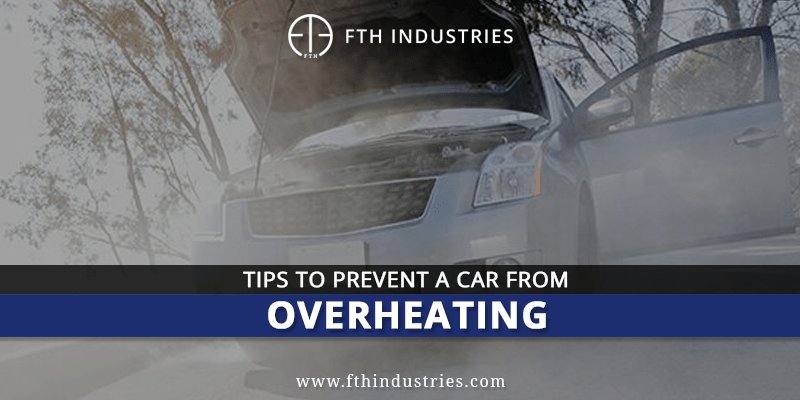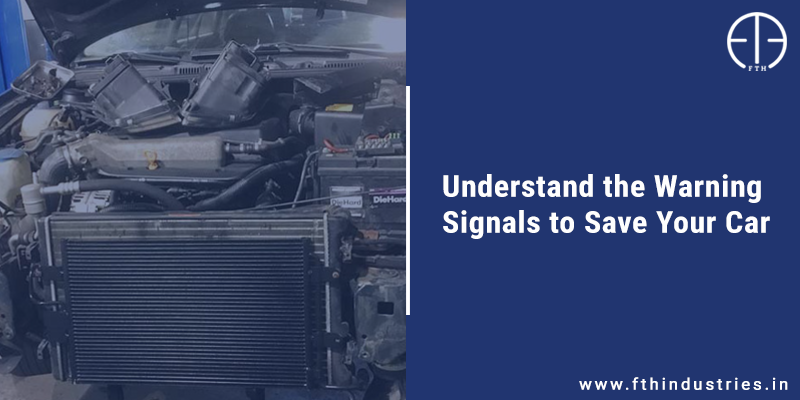
Common Signs of Cooling System Failure
Inside a vehicle’s engine, combustion temperatures can reach 4500°F and higher. So obviously, there is a lot of cooling that must occur. A group of components called as the “cooling system” work together to ensure that your engine is adequately cooled. The cooling system’s primary purpose is to disperse the heat from the engine, avoiding overheating and extreme engine temperatures. Each individual component which is produced by radiator manufacturers plays a vital role in ensuring sufficient cooling of the engine.

This article will help you identify and understand the many common signs that indicate some form of failure of the cooling system in your vehicle to make it easier for you to diagnose & troubleshoot your vehicle. Here are some common signs of cooling system failure
Leakage
The most prominent symptom of issues in the cooling system is leakage. If you notice a pool of liquid collecting underneath the engine bay when the vehicle is not in use you should immediately check your cooling system. The coolant in the radiator is usually red or green in color and slimy in texture. It is important to remember that the coolant, also called as Anti-freeze, is a toxic fluid and should always be cleaned up. Leaks can be a result of a bad pipe or a cracked radiator. The simplest way to deal with a leak in the cooling system is to find the origin of the leak and fix it by replacing the necessary components. For example, if there is a crack in the core of the radiator, then you will have to buy a new core from a radiator core manufacturer to replace the old one.
Overheating
Overheating is yet another sign of a faltering cooling system. The radiator’s primary purpose is to maintain the engine’s normal operating temperature. Therefore, high-temperature levels are a clear sign of malfunctioning of the cooling system. If your vehicle is overheating, you should not continue to operate the vehicle. If you continue to drive the vehicle, you can cause further and much more expensive damage to the vehicle. There are a variety of different factors that could cause your vehicle to overheat, so it is vital to have the system checked for flaws immediately.
Drop in Pressure
If the radiator has been corroded and the core has been deteriorated, it will produce lower pressure levels than average. Radiators typically produce between 10 and 30 PSI of pressure depending on the model. If the pressure levels are not within that range, then there is an issue within the system.
Low Coolant Levels
While coolant does naturally deplete over time and should be replenished periodically, a sudden drop in coolant level typically indicates a leak in the system. To determine the origin of the leak, check all of the pipes and connections within the system.
Rusting
Rust can be a symptom of radiator failure. When a radiator leaks, the heated coolant spills over the core and causes rusting of the metal. It is a clear indicator of a leak & flaw in the cooling system.




